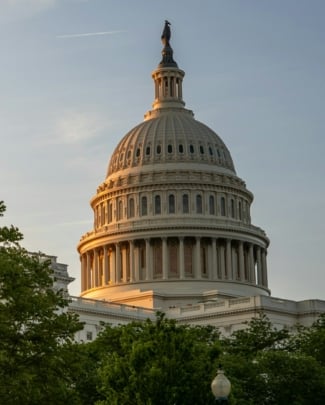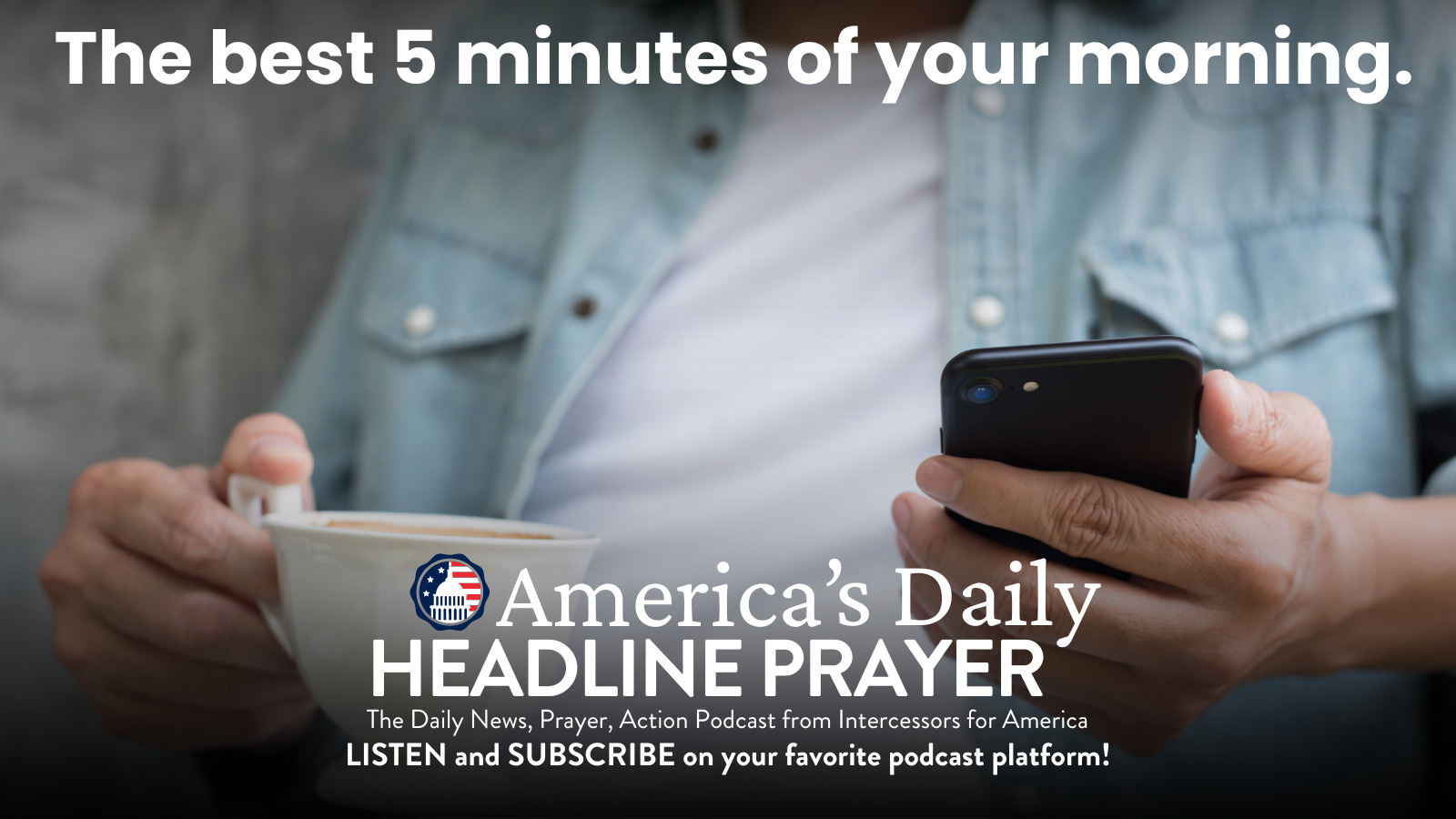U.S. CORONAVIRUS PROJECTIONS MISS MARK
THE POTENTIAL OF HERD IMMUNITY TO COMBAT COVID-19
CHINA REP TO SERVE ON HUMAN RIGHTS COUNCIL
REFUGEES MAY SUFFER MOST
PRAYER ALERT: GLOBALIST CONCERT TONIGHT RAISES MONEY FOR WHO
U.S. CORONAVIRUS PROJECTIONS MISS MARK
New York, which just weeks ago was pleading with the feds to help it find 40,000 ventilators to handle a projected flood of critically ill COVID-19 patients, now says things are going so well it’s shipping hundreds of ventilators to other states.
Hospital beds nationwide were projected to top out at nearly 225,000 on their peak day amid the coronavirus crisis. Instead, they peaked at less than a third of that.
Beds in intensive care units are also far less in demand than prognosticators had warned.
It’s all good news, as America appears to be avoiding doomsday coronavirus scenarios, but it’s spurring questions about why the initial numbers were so far off.
Pessimists say there was never enough understanding of the disease, and prognosticators and policymakers were operating in the dark, guessing at what was going to happen and using imperfect data to make decisions that could turn out to have been completely wrong.
Others counter that it turns out the country is far better at social distancing than expected and the virus’ spread has slowed because of that.
Experts said both factors were at play.
Even when New York Gov. Andrew Cuomo was demanding tens of thousands of ventilators for his state alone, the models said the entire country would need no more than about 25,000 at peak.
In reality, things topped out at a peak last week of about 15,000 ventilators nationally, with New York needing only about 5,200.
Things have improved so rapidly that Mr. Cuomo said this week New York is sending 100 of its ventilators to Michigan, 50 to Maryland and 100 to New Jersey.
The governor said models that had projected a significantly more dire situation and greater need for such vital equipment at the peak of the crisis had assumed higher rates of spread.
“If their rate of spread actually happened, we would [have] been in a much, much worse situation,” he said. “We slowed the infection by our actions and that’s why we’re in a better position today.”
There are several different models, but the one the White House had been using, from the Institute for Health Metrics and Evaluation at the University of Washington, predicted in late March a nationwide peak demand of nearly 225,000 hospital beds for COVID-19 patients.
By last week that projection had been cut to 140,000 beds. In reality, fewer than 60,000 were being used for COVID-19 patients at the peak, the IHME now says. The model showed a similar trajectory for ICU beds and ventilators.
Total deaths, which had been projected to reach nearly 82,000 by August, are now projected at fewer than 70,000 in IHME’s latest data, which assumes full social distancing measures will last through May.
IHME didn’t respond to inquiries from The Washington Times.
The success stories are playing out in states across the country.
South Dakota says it’s gone from a projected peak of 10,000 hospital beds to just 2,500.
IHME says Oregon has yet to hit its peak, but it’s on pace for just half of the 500 deaths projected a couple of weeks ago.
The governor there was so satisfied that last week she ordered the 140 ventilators the Federal Emergency Management Agency had earmarked for her state to go instead to New York. Washington Gov. Jay Inslee returned 400 of the 500 ventilators FEMA sent his state.
The national stockpile, which was down to about 6,900 ventilators on Sunday, was back up to more than 8,700 on Wednesday, according to FEMA numbers.
Dr. Anand Parekh, a former deputy assistant secretary at the U.S. Health Department and now chief medical adviser at the Bipartisan Policy Center, said the drop in demand for ventilators is likely due to social distancing managing to flatten the curve, reducing the peak need for intensive care and medical equipment.
“Interestingly enough, some clinicians are speculating that perhaps we are overusing ventilators in this particular pandemic and that we need to be more judicious in who we place on ventilators versus using other less-invasive ventilation,” he said.
Models are only as good as their inputs, and Kevin Pham, a medical doctor and former graduate fellow for health policy at the Heritage Foundation, said models were initially built off of what researchers knew about COVID-19 from other countries such as Italy and China.
But each of those outbreaks had their own idiosyncrasies. In China, welding shut apartment buildings may have affected the spread, while in Italy forcing people to quarantine in multi-generational homes could have increased risk to the elderly beyond what it’s been in the U.S., he said.
Now that U.S. data has been added in, models such as the IHME show a very different picture.
“The models were off by a fairly spectacular margin in this case, but we can only work with what we know, and at the time these models were first created, what we knew mostly came from the hardest-hit places in the world,” Dr. Pham said.
(Excerpt from The Washington Times. Article by Stephen Dinan, Alex Swoyer and David Sherfinski.)
Partner with Us
Intercessors for America is the trusted resource for millions of people across the United States committed to praying for our nation. If you have benefited from IFA's resources and community, please consider joining us as a monthly support partner. As a 501(c)3 organization, it's through your support that all this possible.






Comments
At a total loss of common sense from a science community that used untested material from countries that don’t even have reliable health services?
I’ve been locked up for weeks and refuse to believe this wasn’t a concerted effort to destroy the very foundations of this country.
How dare you say, “oops..ee” we got a little carried away with our lies.”
Thus, Vengance is mine sayeth the Lord God Almighty..
I will restore what the canker worm and the locust and the devouring worm has eaten.
AMEN
It is a blessing that the models were wrong. It is better to err in the side of caution. Praise God that He led many officials to over prepare. Much prayer and the stay at home orders made an impact.
New York still needs a lot of prayer. Mayor Bill De Blasio expressed concern when he appeared on Fox News the other day that he thinks it is important not to have a false start, and lift the lockdown prematurely.
It is true the numbers have decreased slightly in NY. About two weeks ago there was a loss of 800 people per day, and the number has now decreased to 540 per day.
Please pray for caution and prudence on the part of Governor Cuomo, and other officials.
Also, please pray for Cuomo for a significant, strong encounter with Holy Spirit that grips his heart and life, and truly transforms him into a different person, for God’s glory.
Praise JESUS its huge answered prayer!
You, Father, are worthy of all the praise and honor for this good news. Irrespective of the models and dire predictions, You have heard the cries of your children and You are the reason for any slow down of death and destruction. Thank you for Your mercy , grace, and faithfulness to your people!!
While they want to give credit to natural causes, you are right. We have to give praise to God for hearing and answering our prayers. Praise the Lord.